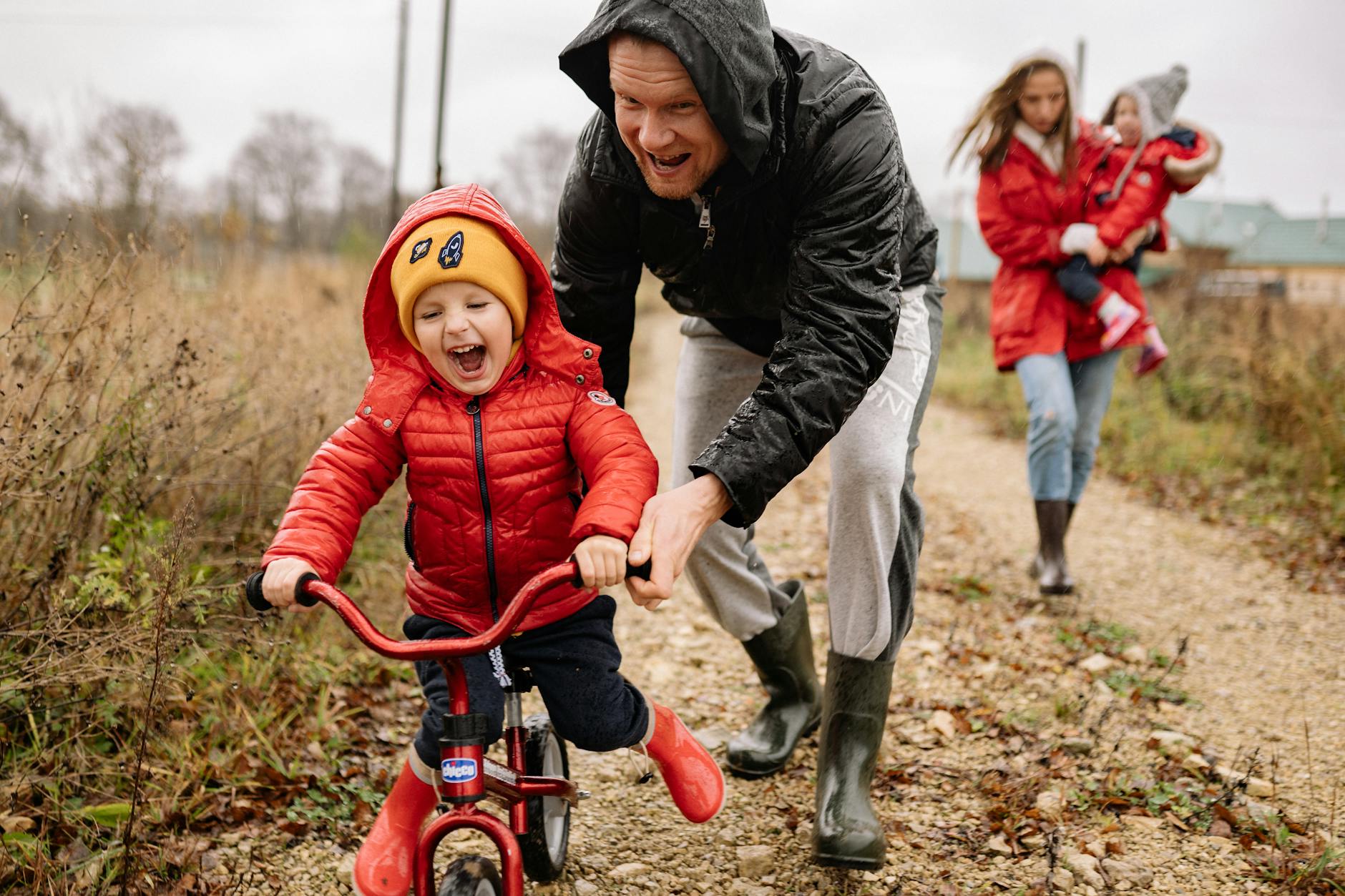Discover the secrets to selecting the ideal bike size for your child’s safety, comfort, and enjoyment on two wheels!
Table of Contents
Choosing the right bike size for children is crucial for their safety and enjoyment while cycling. Ensuring that your child has a bike that fits them properly can prevent accidents and make riding more comfortable. In this guide, we will discuss how to select the right bike size for your child, as well as provide safety tips for cycling with kids. Additionally, we will review the best balance bikes for 2-year-olds to help you get your little one started on their cycling journey.
How to Choose the Right Bike Size for Children
When it comes to selecting the right bike size for your child, there are a few key factors to consider. One of the most important aspects is your child’s height and inseam measurement. By measuring these dimensions, you can get a better idea of the size of bike that would be most suitable for them.
It is also helpful to refer to bike sizing charts and recommendations provided by manufacturers. These charts can give you a general idea of the size range that would be appropriate for your child based on their height. However, keep in mind that sizing can vary between brands, so it is always a good idea to test ride different sizes to find the best fit.
When test riding bikes, pay attention to how your child sits on the seat and reaches the handlebars. Their feet should be able to touch the ground comfortably when seated, and they should be able to grip the handlebars without stretching too far. Make any necessary adjustments to the seat and handlebars to ensure that your child has proper comfort and control while riding.
Safety Tips for Cycling with Kids
Before heading out on a cycling adventure with your child, it is important to prioritize safety. One of the most essential safety precautions is ensuring that your child wears a properly fitted helmet. Helmets can help protect their head in case of a fall or collision, so it is essential that they wear one every time they ride.
Teach your child about road safety and proper signaling when cycling. Make sure they understand basic hand signals for turning and stopping, as well as how to safely navigate intersections and crosswalks. Encourage them to ride predictably and follow the rules of the road to stay safe while cycling.
Before each ride, check the brakes and tires on your child’s bike to ensure that they are in good working condition. Brakes should be responsive, and tires should be properly inflated and free of damage. Regular maintenance checks can help prevent accidents caused by faulty equipment.
To increase visibility while cycling, dress your child in bright clothing and attach lights or reflectors to their bike. Being visible to other road users can help prevent collisions, especially in low light conditions. Encourage your child to ride in safe areas away from traffic whenever possible to minimize the risk of accidents.
Best Balance Bikes for 2-Year-Olds
Balance bikes are a great way to introduce young children to cycling and help them develop their balance and coordination skills. These pedal-less bikes allow kids to focus on learning how to balance and steer before transitioning to a traditional bike with pedals.
When choosing a balance bike for a 2-year-old, it is important to look for models that are lightweight and easy for young children to handle. Some of the top-rated balance bikes for 2-year-olds include models with adjustable seats and handlebars to accommodate growing children.
Considerations for choosing the best balance bike for your child include the size of the bike, the materials used in its construction, and any additional features such as brakes or bells. Look for balance bikes that are durable and well-built to withstand the wear and tear of regular use by active toddlers.
When introducing your child to a balance bike, it is important to provide guidance and support as they learn how to balance and steer. Start by helping them push off with their feet and glide along, gradually encouraging them to lift their feet and coast. With practice and patience, your child will soon be cruising confidently on their balance bike.
Conclusion
Choosing the right bike size for your child and prioritizing safety while cycling are essential aspects of ensuring a positive and enjoyable biking experience. By following the tips outlined in this guide, you can help your child stay safe and comfortable while exploring the world on their bike.
Remember to measure your child’s height and inseam, test ride different sizes, and make adjustments to the seat and handlebars for the best fit. Prioritize safety by wearing helmets, teaching road safety, checking equipment, and staying visible while cycling. Consider starting your child off with a balance bike to help them develop their balance and coordination skills before transitioning to a traditional bike.
With the right bike size and safety precautions in place, your child can enjoy the freedom and excitement of cycling while staying safe and protected. So gear up, hop on your bikes, and enjoy the ride!

